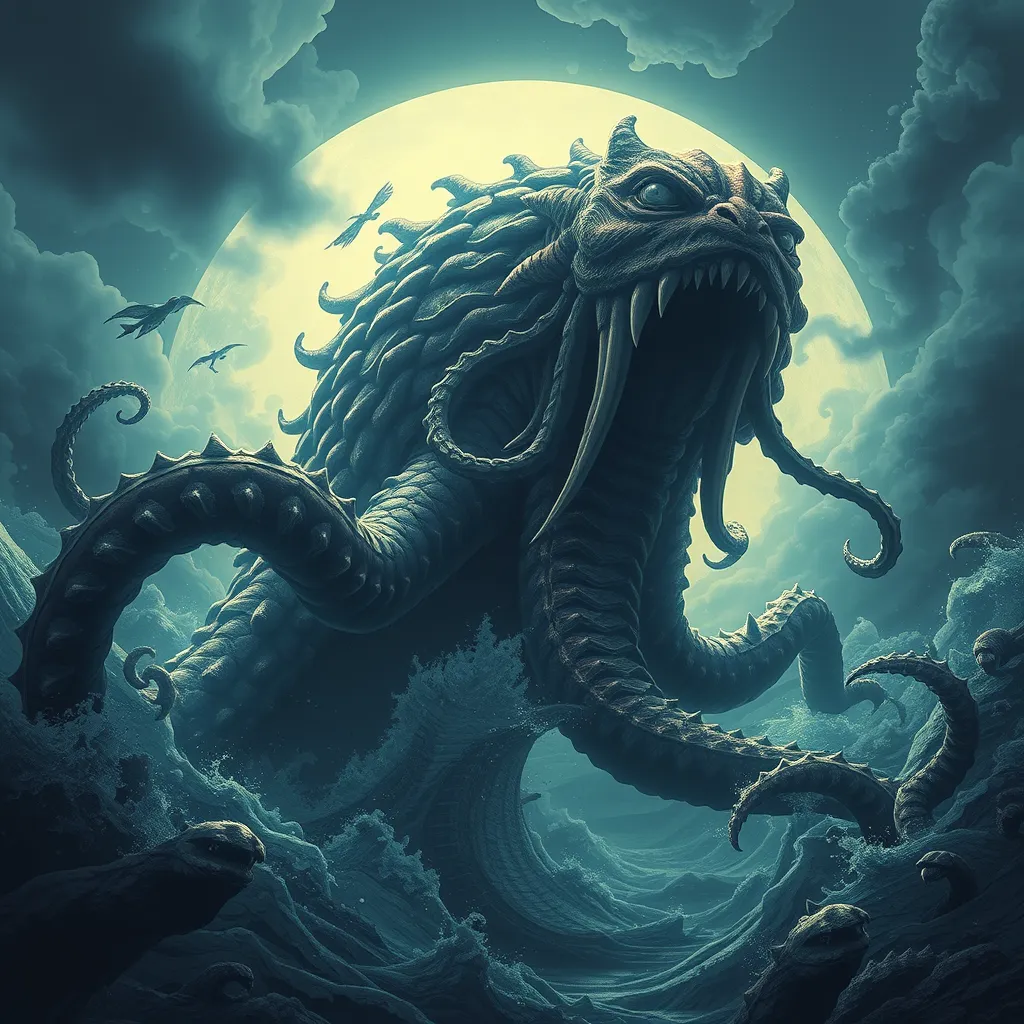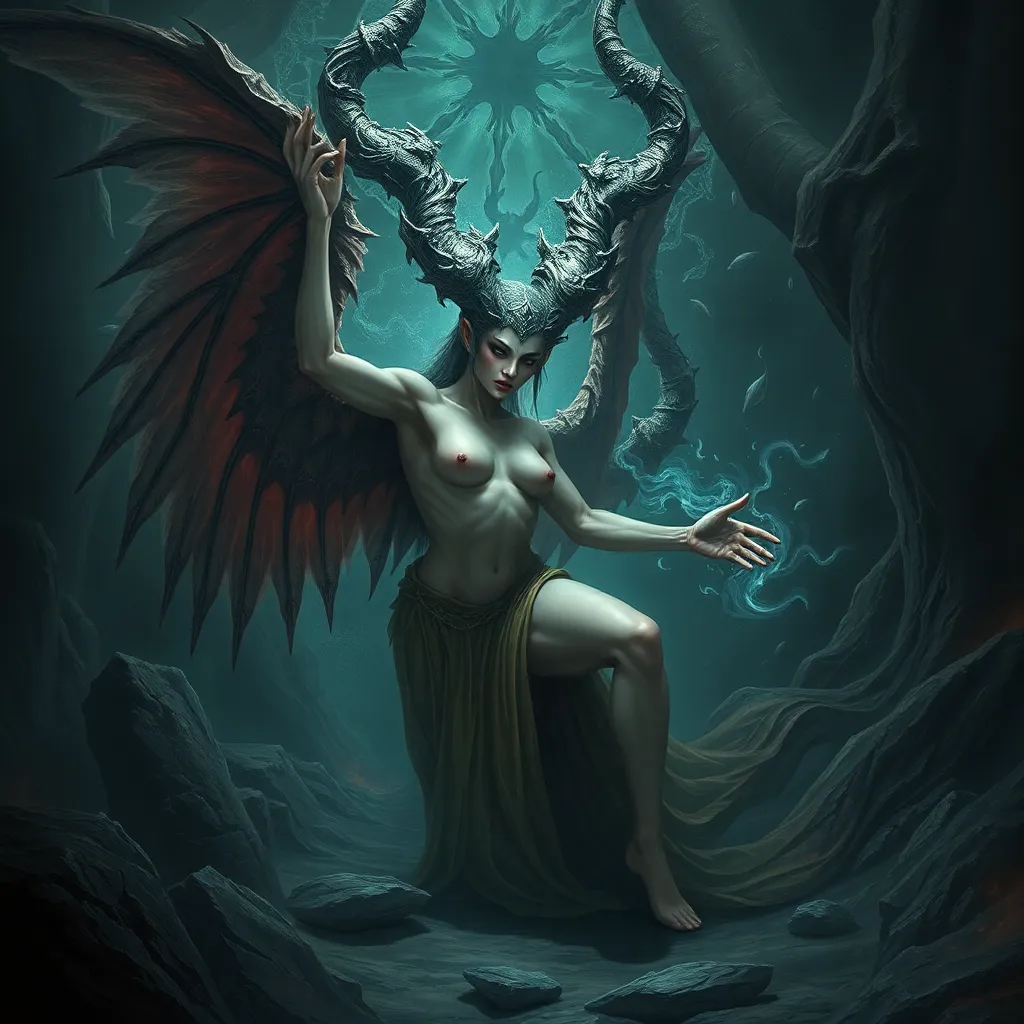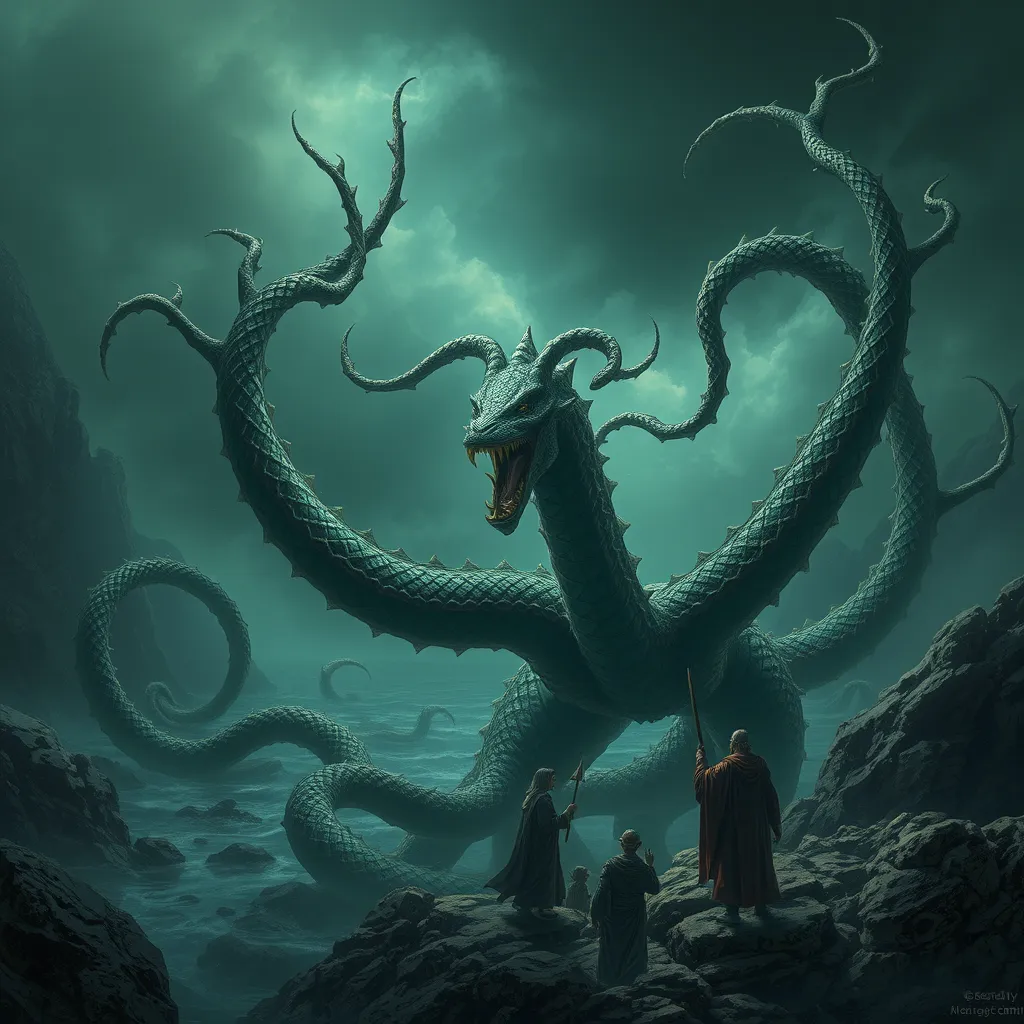The Banshee’s Many Faces: Regional Variations in Irish Folklore
I. Introduction
The Banshee, or ‘Bean Sí’ in Irish, is one of the most iconic figures in Irish mythology, often depicted as a spirit who forewarns of death. The haunting wails attributed to the Banshee have inspired fear, fascination, and respect across generations. Her presence in folklore represents not only a connection to the supernatural but also the cultural and historical identity of the Irish people.
Regional variations of the Banshee provide a rich tapestry of stories and interpretations that reflect local customs, beliefs, and societal changes. Understanding these variations allows us to appreciate the Banshee’s role in Irish culture and the broader implications of her story throughout history.
This article aims to explore the Banshee’s many faces across different Irish provinces, examining her origins, characteristics, and significance in both historical and modern contexts.
II. Historical Context of the Banshee
A. Origins of the Banshee in Irish culture
The Banshee’s origins are deeply rooted in ancient Irish mythology, where she is often associated with the Tuatha Dé Danann, a race of supernatural beings. Initially, she was seen as a protective spirit, a guardian of a particular family or lineage, known to appear in times of crisis.
B. Evolution of the Banshee myth through history
Over time, the Banshee’s role evolved from a benevolent protector to a foreboding harbinger of death. Historical texts from the medieval period began to depict her as a mournful figure, whose cries signal impending doom, particularly for noble families.
C. Influence of socio-political changes on the Banshee narrative
Socio-political upheavals in Ireland, including invasions, famines, and the struggle for independence, have influenced the Banshee narrative. As the societal context shifted, so too did the Banshee’s portrayal, reflecting the fears and hopes of the Irish people.
III. The Banshee in Different Irish Provinces
A. The Banshee in Connacht
1. Characteristics and local stories
In Connacht, the Banshee is often described as a beautiful woman with long, flowing hair, dressed in a white or grey gown. Local folklore tells of her appearing near rivers and lakes, where she is said to wash the clothes of those who are soon to die.
2. Cultural significance in the region
The Banshee in Connacht is seen as a protector of the land and its people, embodying the connection between the community and the supernatural. Her presence is often met with reverence rather than fear.
B. The Banshee in Ulster
1. Unique traits and tales
In Ulster, the Banshee is often depicted as an older woman, representing wisdom and the passage of time. Legends speak of her being associated with specific families, particularly those of noble descent, and her cries are deeply intertwined with local history.
2. Connection to local customs
Ulster’s Banshee is often linked to local customs surrounding death and mourning. Families would honor her presence through rituals, ensuring that their deceased were properly guided to the afterlife.
C. The Banshee in Munster
1. Variations in appearance and behavior
In Munster, the Banshee is frequently described as a fairy-like figure who can change her appearance. Some tales depict her as a woman of great beauty, while others describe a more fearsome visage, reinforcing the idea that she embodies both allure and danger.
2. Folkloric practices associated with the Banshee
Folkloric practices in Munster often involve invoking the Banshee’s spirit during funerals. Families would leave offerings or perform chants to appease her and ensure peace for the departed.
D. The Banshee in Leinster
1. Distinctive legends and interpretations
In Leinster, the Banshee is sometimes depicted as a young girl who sings mournful laments. Her songs are thought to be a reflection of the pain and sorrow associated with loss, and many legends revolve around her haunting melodies.
2. Historical roots in the region
Leinster’s Banshee legends often tie back to ancient Irish kings and their families, suggesting a historical significance that transcends mere folklore. These stories serve to connect contemporary Irish identity with its storied past.
IV. The Banshee’s Appearance and Attributes
A. Common physical characteristics across regions
While there are regional variations, common characteristics of the Banshee include:
- Long, flowing hair
- White or grey gown
- Feminine features, often described as both beautiful and terrifying
B. Variations in attire and symbolic meanings
In some regions, the Banshee is depicted wearing a cloak or shawl that symbolizes mourning. The color and style of her attire often reflect the cultural context of the area, with some regions emphasizing traditional garments.
C. The role of the Banshee’s cries in folklore
The Banshee’s cries, known as ‘keening’, are central to her identity. These mournful sounds are believed to foretell death, serving both as a warning and a means of honoring the deceased. In many cultures, the act of keening is a communal expression of grief.
V. The Banshee in Modern Culture
A. Representation in literature and art
The Banshee has inspired countless literary works and artistic representations, from poetry to paintings. Authors like W.B. Yeats and James Joyce have incorporated her into their narratives, emphasizing her connection to Irish identity.
B. The Banshee in contemporary media
In modern media, the Banshee appears in films, television shows, and video games, often depicted as a supernatural being with a tragic backstory. This portrayal continues to evolve, reflecting contemporary themes of loss and identity.
C. Influence on identity and cultural heritage
The Banshee remains a potent symbol of Irish cultural heritage, embodying themes of mortality and the supernatural. Her story resonates with the Irish diaspora, serving as a connection to ancestral roots and shared identity.
VI. The Role of the Banshee in Mourning and Death
A. Banshee as a harbinger of death
The Banshee’s primary role in folklore is as a harbinger of death. Her appearance or cries signal the impending demise of a family member, reinforcing the connection between the living and the deceased.
B. Regional mourning practices influenced by the Banshee myth
Different regions have developed unique mourning practices influenced by the Banshee myth. These can include:
- Wakes held in honor of the deceased
- Community gatherings to share stories and express grief
- Offerings made to the Banshee to ensure safe passage for the departed
C. Psychological and cultural implications of the Banshee’s wail
The Banshee’s wail serves as a psychological reminder of mortality, prompting communities to confront loss and grief. Culturally, it reinforces the importance of honoring ancestors and maintaining connections with those who have passed.
VII. Comparative Analysis with Other Mythical Figures
A. Similarities with other death-related spirits in global folklore
Similar to the Banshee, other cultures have figures that signify death, such as:
- La Llorona in Mexican folklore
- The Grim Reaper in various Western traditions
- Churels in South Asian mythology
B. Unique aspects of the Banshee compared to other figures
Unlike many death-related spirits, the Banshee is often seen as a personal guardian of specific families, linking her closely to familial bonds and heritage. Her role is not just to herald death but to honor the life of the deceased.
C. Cross-cultural influences and exchanges
The Banshee’s influence can be seen in various cultural exchanges, as Irish immigrants have brought their folklore to other countries. This has resulted in adaptations and reinterpretations, blending the Banshee myth with local traditions.
VIII. Conclusion
A. Summary of the Banshee’s significance in Irish folklore
The Banshee



